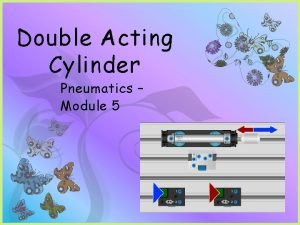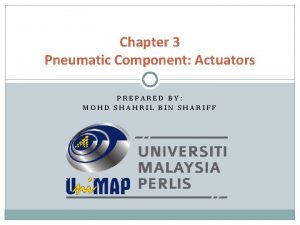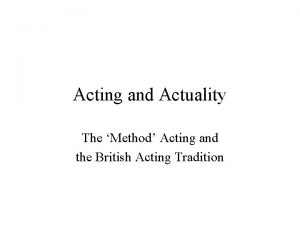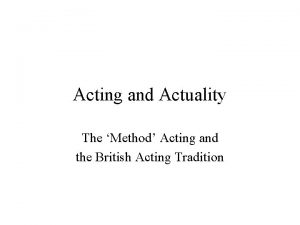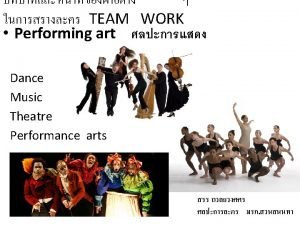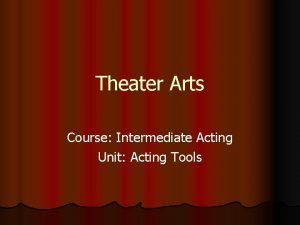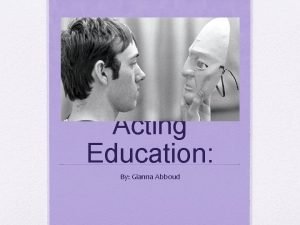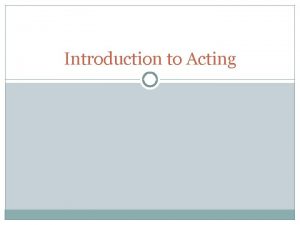General Rules Definitions of Stage Acting The 3







- Slides: 7

General Rules & Definitions of Stage Acting • The 3 – Be Seen – Be Heard – Be the Character • Actor • Business – The gestures and actions an actor uses on stage to advance the plot and/or show a character’s emotion/personality. • Character – The real person, performer on stage. He/she MUST be clearly seen and heard. • Blocking – The arrangement of action, steps, entrances, and exits in a scene. The director plans the blocking, the actors follow it. – The imaginary person, thing, or animal the actor pretends to be on stage. • Gesture – A movement, usually of the arm, that helps to express action, ideas, or emotion.

General Rules & Definitions of Stage Acting • Focus 1. The ability of the actor to control himself/herself and give his/her attention only to his character and situation of the character. 2. The actor or object to which the audience should give their attention. Tips on Movement • Use broader, more exaggerated gestures and facial expressions so that actions and emotions are clear to the back of the house. • Always gesture with your upstage hand so that you do not mask facial expressions or muffle voice projection. • Gestures should be held frozen for a few seconds. .

Stages • 3 different stages you need to know 1. Proscenium 2. Thrust 3. Arena

Proscenium • • • Most common Audience views the action from one side Allows for elaborate sets “Picture Frame” stage Backstage activity is concealed Proscenium arch frames the action Try drawing the stage from a bird’s eye view (from the ceiling looking down) ^

Arena • • • Least common Audience views from all sides Sets are extremely limited Focuses audience attention sharply and simply on the actors No backstage area “Theater-in-the-round” Try drawing the stage from a bird’s eye view (from the ceiling looking down) ^

Thrust • • • Audience views from 3 sides Sets are limited Places much of the action in the midst of the audience More actor-centered rather than scenery-centered Audience is more aware of each other “Apron” stage Try drawing the stage from a bird’s eye view (from the ceiling looking down) ^

Nine Stage Positions 1. 2. 3. 4. 5. 6. 7. 8. 9. Up Right Up Center Up Left Right Center Left Down Right Down Center Down Left • The other stage positions on the picture are helpful to know, too!


